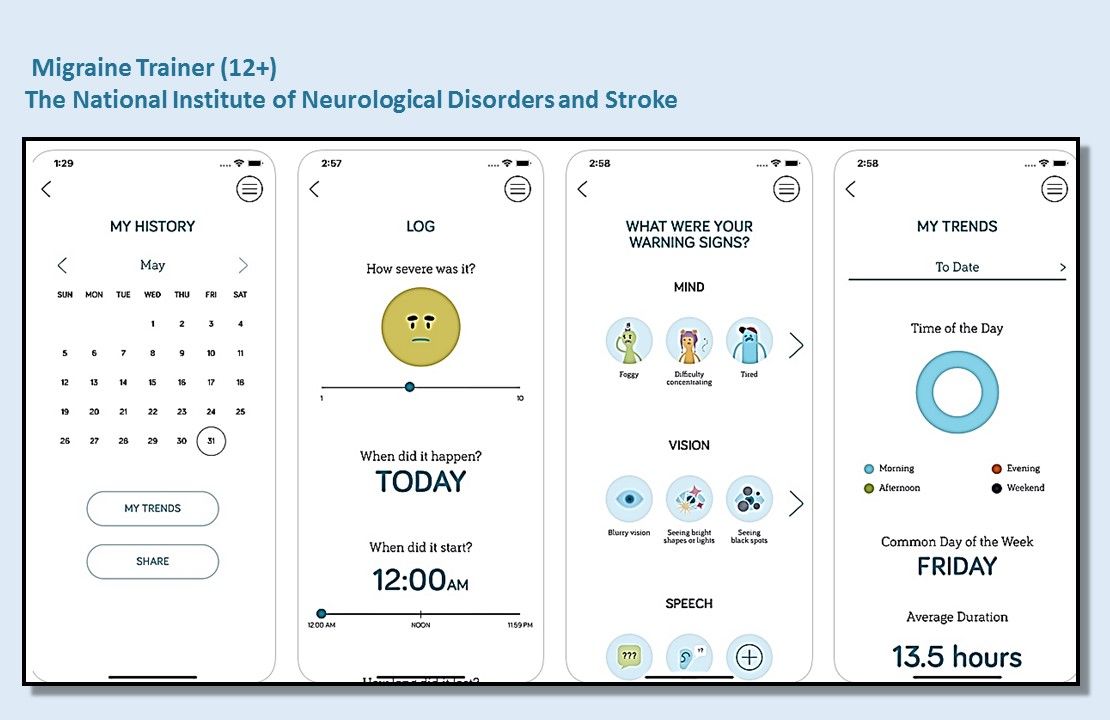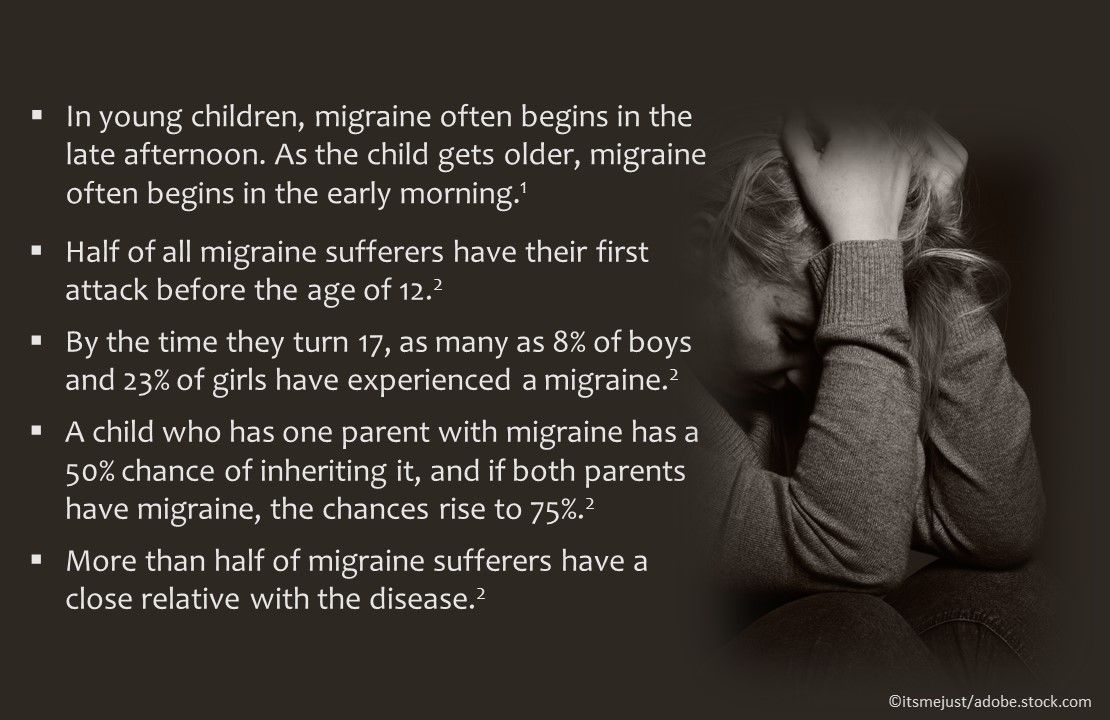- Clinical Technology
- Adult Immunization
- Hepatology
- Pediatric Immunization
- Screening
- Psychiatry
- Allergy
- Women's Health
- Cardiology
- Pediatrics
- Dermatology
- Endocrinology
- Pain Management
- Gastroenterology
- Infectious Disease
- Obesity Medicine
- Rheumatology
- Nephrology
- Neurology
- Pulmonology
A Mobile App Helps Youth, Physicians Manage Migraine
Children, tweens, and adolescents with migraine can use Migraine Trainer to log and share details that will help physicians individualize care in this vulnerable population.
<br/> Migraine Trainer is free and availabe at iTunes and Google Play ________________________________________________________ References 1. Cleveland Clinic. Migraine in children & adolescents. Available at https://my.clevelandclinic.org/health/diseases/9637-migraines-in-children-and-adolescents. Accessed October 7, 2019. 2. Migraine Research Foundation. Migraine in kids and teens. Available at: https://migraineresearchfoundation.org/about-migraine/migraine-in-kids-and-teens/. Accessed October 7, 2019.

Figure 1.

Figure 2.

Migraines can be difficult to diagnose and treat in children, as they may have a difficult time explaining or understanding their symptoms, says Linda Porter, MD, Director of the Office of Pain Policy and Planning in the National Institute of Neurological Disorders and Stroke (NINDS) at the National Institutes of Health. That’s why the NINDS developed the Migraine Trainer, a free app for children aged 12 years and older with migraines that not only helps with self-management, but is a way to share information with their physicians.
“Physicians may not know that younger children are having headaches, and often times their parents won’t realize it’s a migraine,” Porter says.
Prevalence of migraine in children aged 5 to 12 years is around 8%, she explains, for both boys and girls. Once puberty hits, it rises to about 10%, affecting more girls than boys. “The highest frequency, highest prevalence range is reproductive age for women, ages 18 to 44.” (See Figures 1 and 2 above for additional details.)
Help children help themselves
Helping kids learn to identify triggers and adopt lifestyle changes is an important part of treating their migraines, but physicians only see patients a few times a year most commonly.
“We’ve learned through clinical trials a fair amount about nonpharmacological approaches for children with headaches, and we started out looking at things that would work for younger children.” They landed upon an app they call Migraine Trainer.
“The app will help them learn about migraine but also adhere to the program their physician [has created], whether it’s making sure they take their meds on time, get enough sleep, etc.”
Migraine Trainer uses “adorable, friendly characters” and educates kids on what migraines are, reassures them that they are not their fault, and introduces them to strategies and techniques that can help them manage their headaches. There is a section for parents, and another for physicians within the app itself.
Evidence-based features, daily log
While there are currently no data to confirm if this or any app itself reduces frequency or intensity of migraines, Porter says the app is built upon evidence-based techniques that do reduce both. “It uses things like relaxation techniques, visualizations techniques, coping skills, and lifestyle changes,” she explains.
It also includes a daily log that can be emailed to or shared with the child’s physician (see image below).
The log book walks kids through on a daily basis the sorts of question a physician might ask on a visit, such as “ ‘How did you sleep?’ ‘Did you have a stressful day?’ ‘Did you have a tummy ache?’ ‘Did you have language difficulties?’” she explains.
The idea is that, over time, the more the child fills out the log details, the more comprehensive the data they will bring to their physicians for review. “They can work directly with their physicians to really tailor how they can manage their headaches. Adherence to coping skills and healthy lifestyles will hopefully reduce the frequency and intensity of their headaches, which for some kids will be enormously helpful,” Porter says.
Porter even envisions Migraine Trainer being used within schools, where the school nurse could be made aware of children with headaches and have access to the app,.
Porter also emphasizes a large clinical trial done through Cincinnati Children’s Hospital that looked at the 2 most commonly used drugs to treat children with chronic daily headaches-topiramate and amitriptyline.
“It turned out that neither of the two drugs were more effective than placebo treatment. I think that is an important message for physicians to know. That if you turn to other things like these cognitive behavioral approaches, children may do just as well without the drugs.”
_______________________________________________________________
